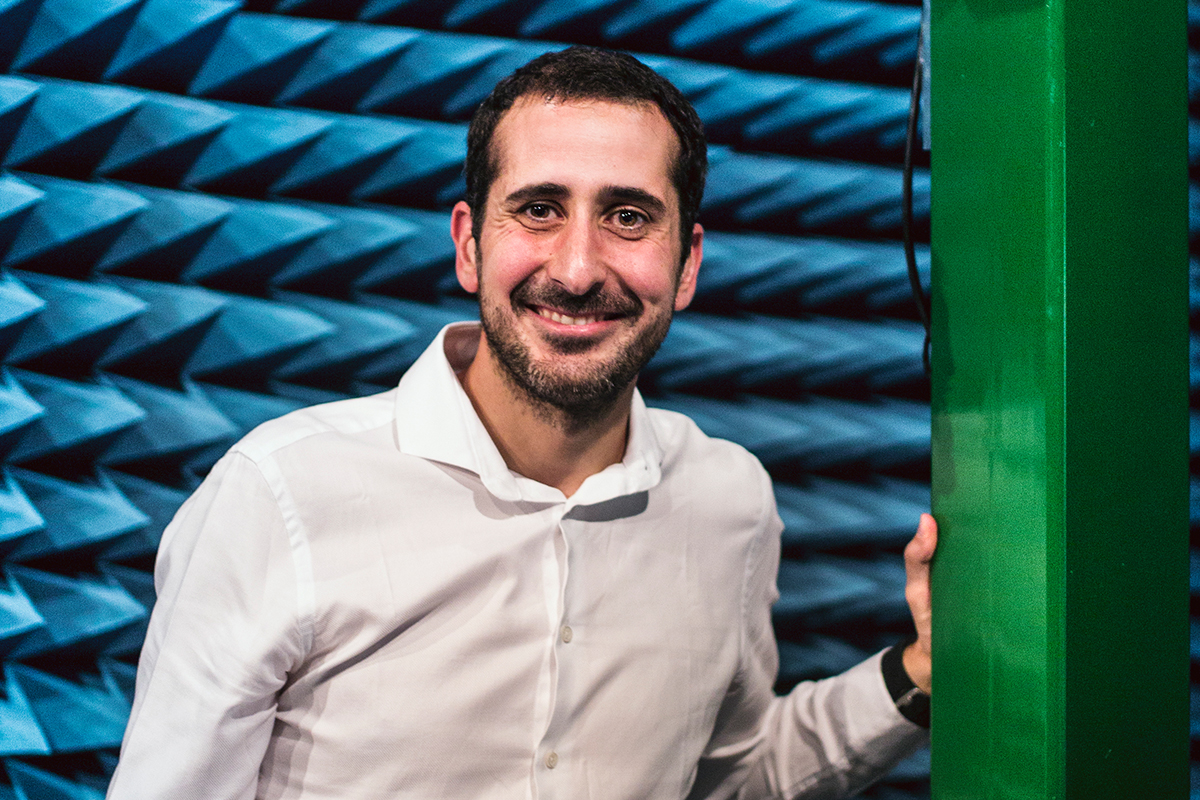Oscar Quevedo-Teruel named IEEE distinguished lecturer
"When you love what you do, you can achieve important goals"

As of last week Oscar Quevedo-Teruel, professor at the Department of Electromagnetic Engneering, can add IEEE distinguished lecture to his resume. The title, which was given by the IEEE Antennas and Propagation Society, stretches from 2019 to 2021.
Congratulations on being named distinguished lecturer! How does it feel to get this recognition within your research field?
"Thank you very much! It is always a wonderful feeling to be recognized for your work; however, the most important thing is to feel excited about your work every day. To be a distinguished lecturer is a personal recognition, but it was made possible through the efforts of a team of researchers and the support of the School of Electrical Engineering and Computer Science (EECS) at KTH. During the last few years, my research team and I at KTH have been working with great passion in the field of antennas and microwave technology and this recognition demonstrates that when you love what you do, you can achieve important goals."
What kind of tasks come with a distinguished lectureship?
"A distinguished lecturer is selected in one IEEE Society to disseminate the recent advances in one or more research topics. The main condition is that the individual selected as a distinguished lecturer has made a substantial and influential contribution in at least one specific research topic. It is also important that the topic has received notable attention due to the significance of the results. In my particular case, I have been selected to teach my recent research in three topics: higher symmetries, lens antennas and transformation optics. For example, at the EECS, we have initiated a new research line in higher symmetries that, recently, has started to have a huge impact in the scientific community. This impact is due to the interesting phenomena associated with higher symmetries in electromagnetic devices, but also with their potential uses for practical applications for communication systems and spectroscopy."
What are you working on at the moment?
"At KTH, we are leading research in higher symmetries and transformation optics. For example, we have investigated, in collaboration with Ericsson AB, the possibilities of lens antennas with higher symmetries for future 5G communications, funded by Vinnova. Furthermore, in collaboration with the European Space Agency (ESA), we are working on the use of transformation optics for creating more compact lens antennas for satellite communications."